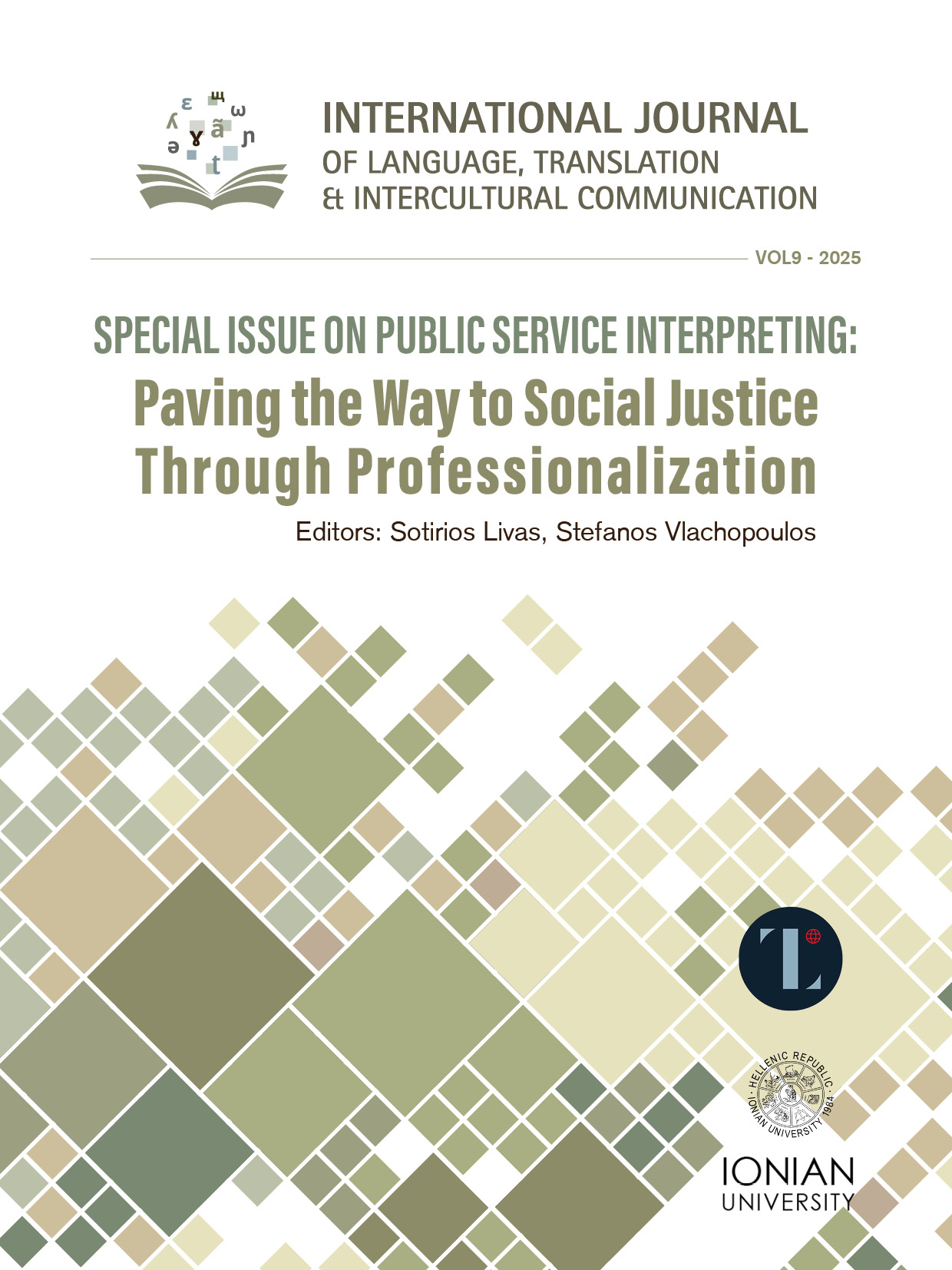Interpreters’ Perspectives on Court Interpreting in Abu Dhabi Challenges and Future Prospects

Abstract
Court interpreting is a crucial aspect of the legal system as it is a guarantee for those who do not speak the language of the court to understand and effectively participate in the court proceedings. Court interpreters’ job is to facilitate the communication between people who speak different languages and are involved in the trail to ensure a fair and just legal process. They usually face some challenges through their interpretation journey in courts. Given the fact that UAE is a multilingual and multicultural country, it is assumed that court interpreting is an important area for study. Working in a major city’s courts as Abu Dhabi is considered a challenge for some, especially when it comes taking time to adapt to difficult situations and training. This research sheds light on the current position of court interpreting in Abu Dhabi by investigating the various types of challenges encountered by court interpreters in Abu Dhabi courts and suggesting some practical actions for improving the quality of this industry. To collect data for this study, structured questionnaire using Likert Scale and some open-ended questions are given to a random sample of court interpreters in Abu Dhabi. The findings show that court interpreters in Abu Dhabi lack of academic background and sufficient training.
Article Details
- How to Cite
-
Zagood, M. (2025). Interpreters’ Perspectives on Court Interpreting in Abu Dhabi: Challenges and Future Prospects. International Journal of Language, Translation and Intercultural Communication, 9. https://doi.org/10.12681/ijltic.38637
- Section
- Articles

This work is licensed under a Creative Commons Attribution-NonCommercial-ShareAlike 4.0 International License.
Copyright Notice
Authors who publish with this journal agree to the following terms:
- Authors retain copyright and grant the journal right of first publication with the work simultaneously licensed under a Creative Commons Attribution License that allows others to share the work with an acknowledgement of the work's authorship and initial publication in this journal.
- Authors are able to enter into separate, additional contractual arrangements for the non-exclusive distribution of the journal's published version of the work (e.g., post it to an institutional repository or publish it in a book), with an acknowledgement of its initial publication in this journal.
- Authors are permitted and encouraged to post their work online (e.g., in institutional repositories or on their website) prior to and during the submission process, as it can lead to productive exchanges, as well as earlier and greater citation of published work (See The Effect of Open Access).


